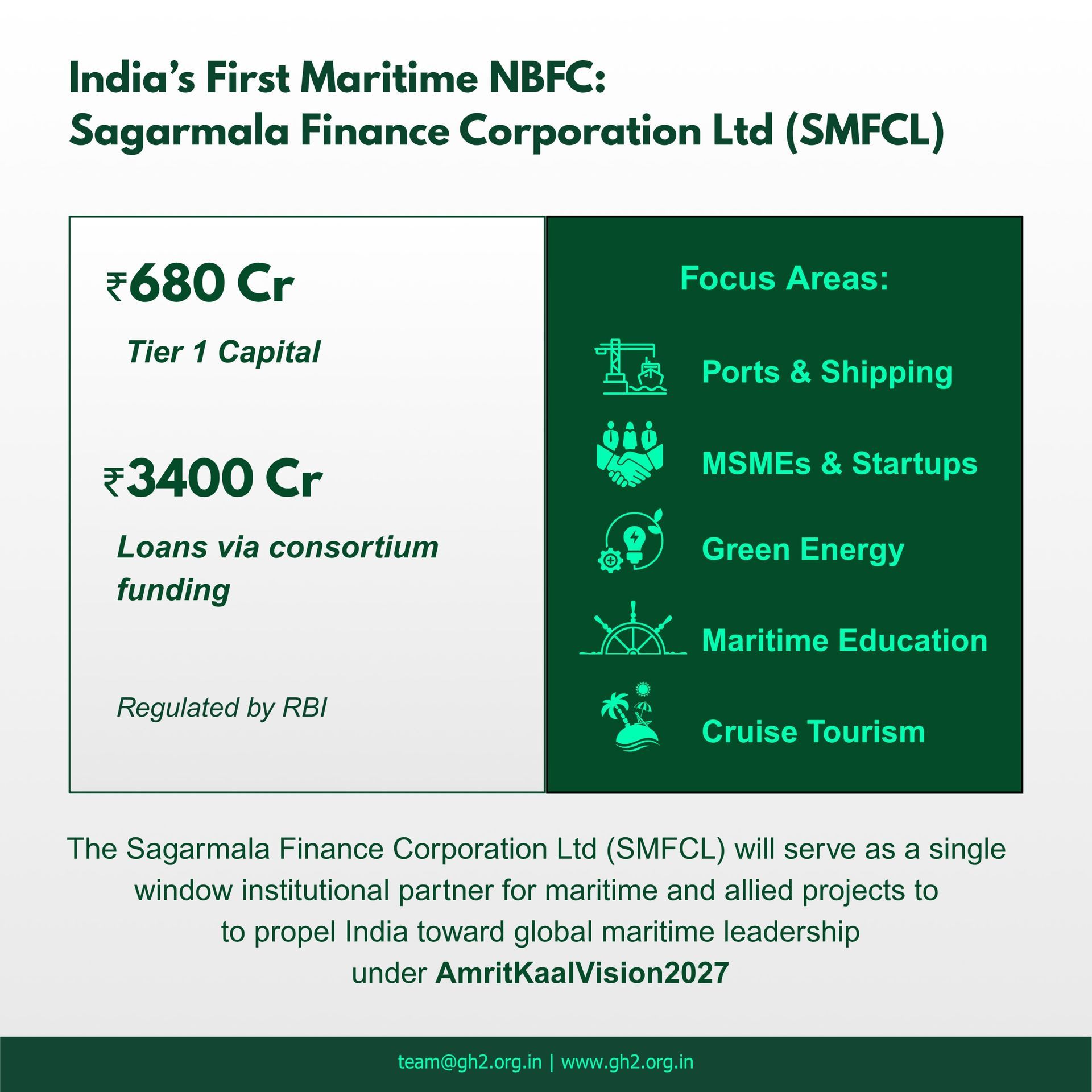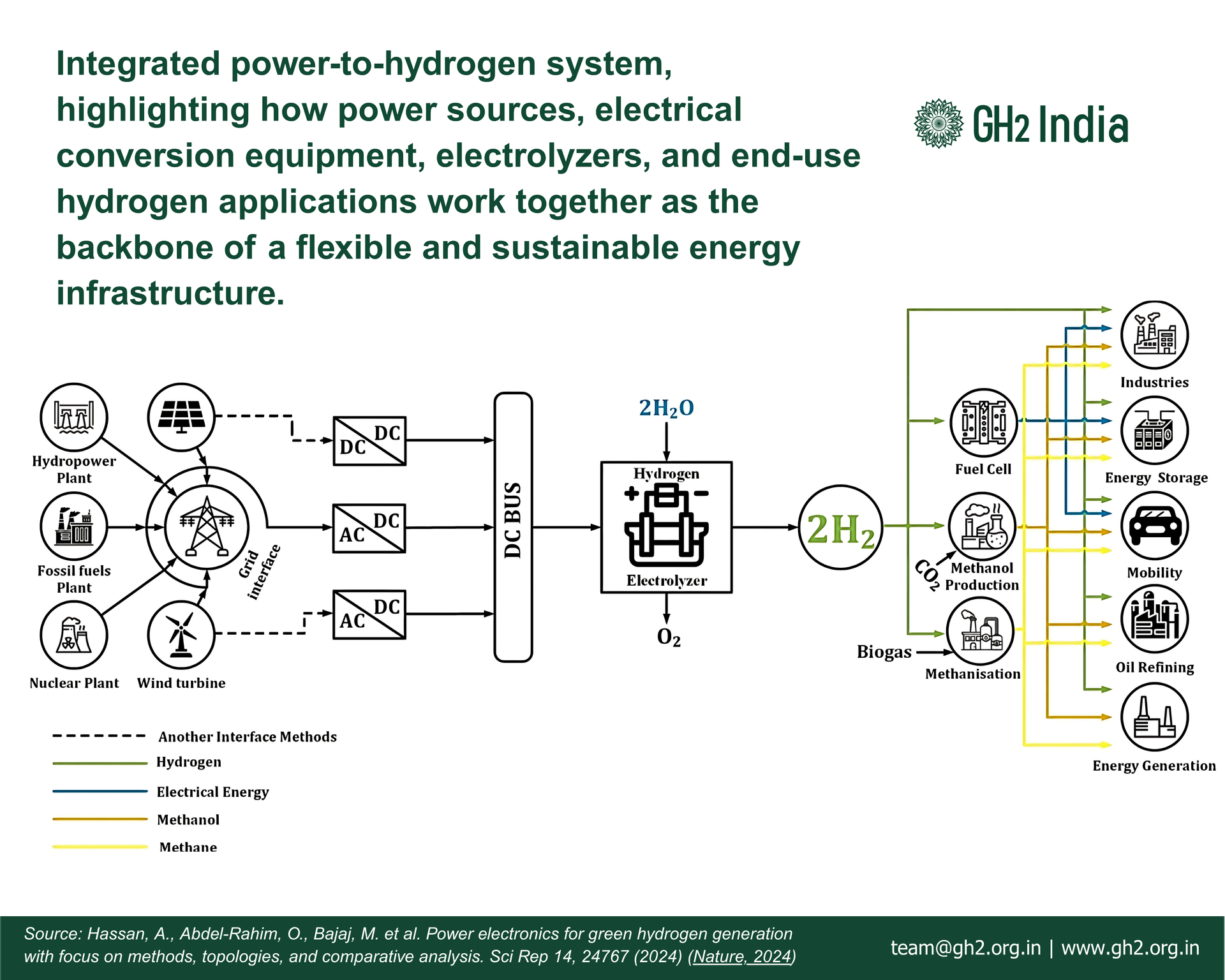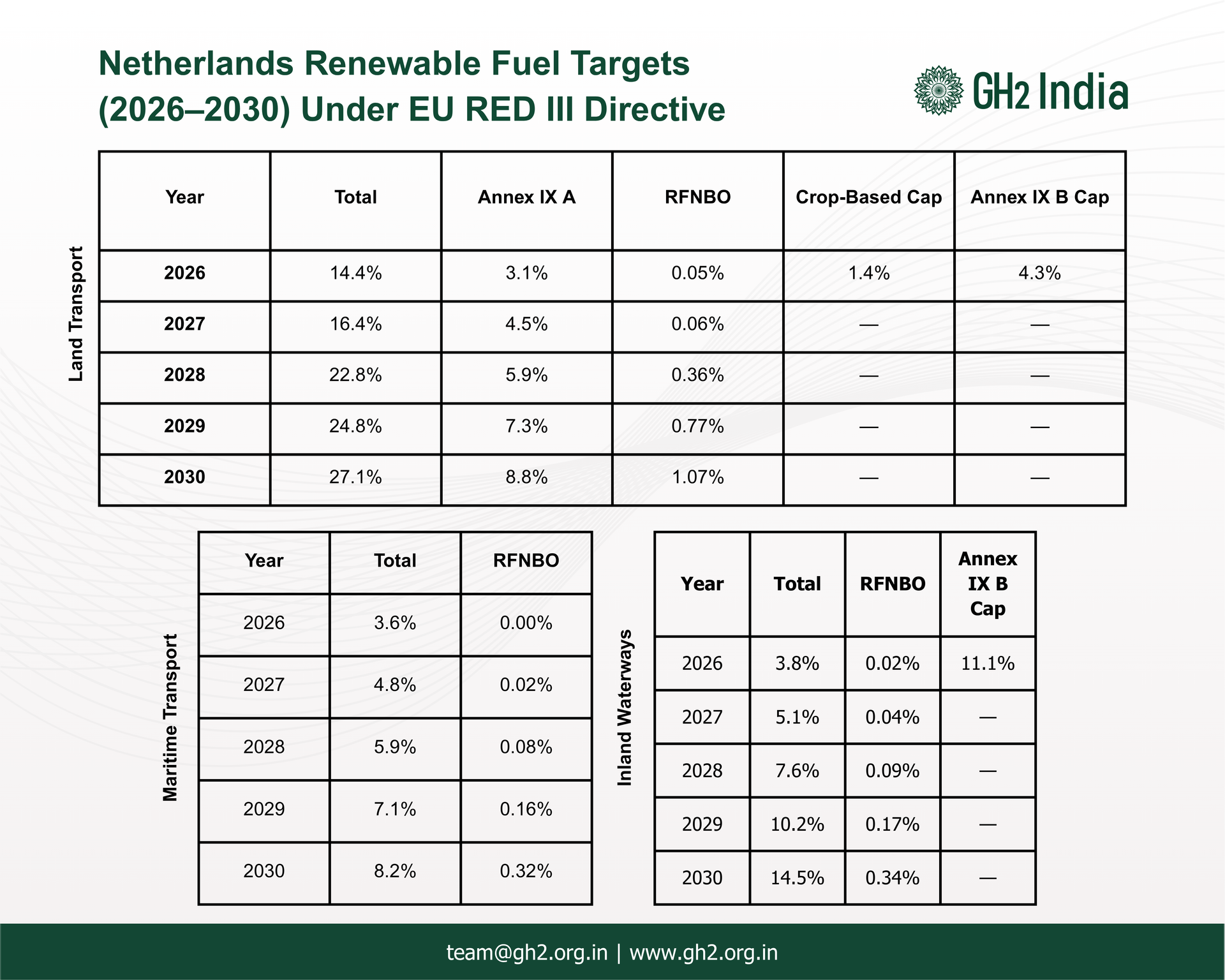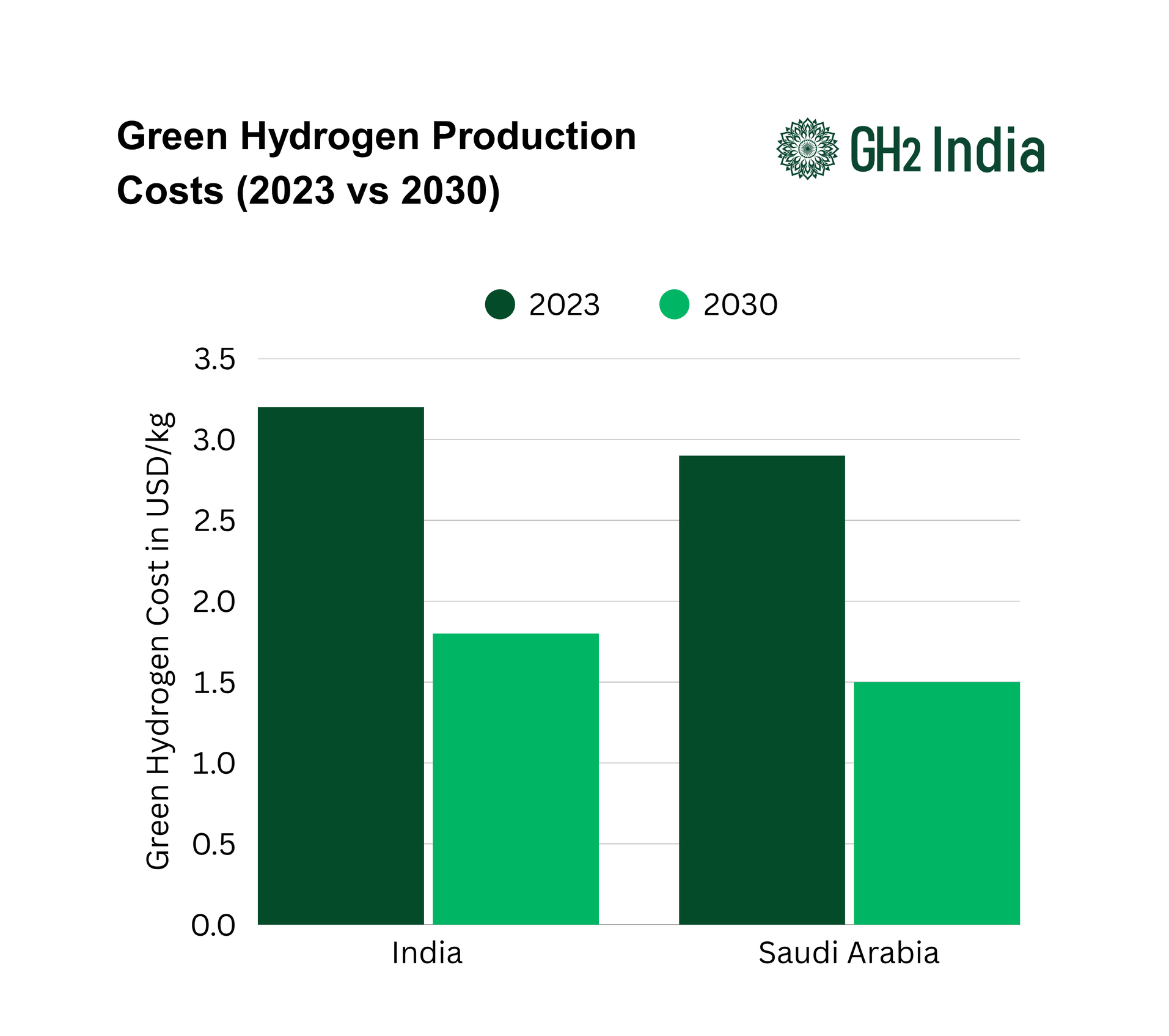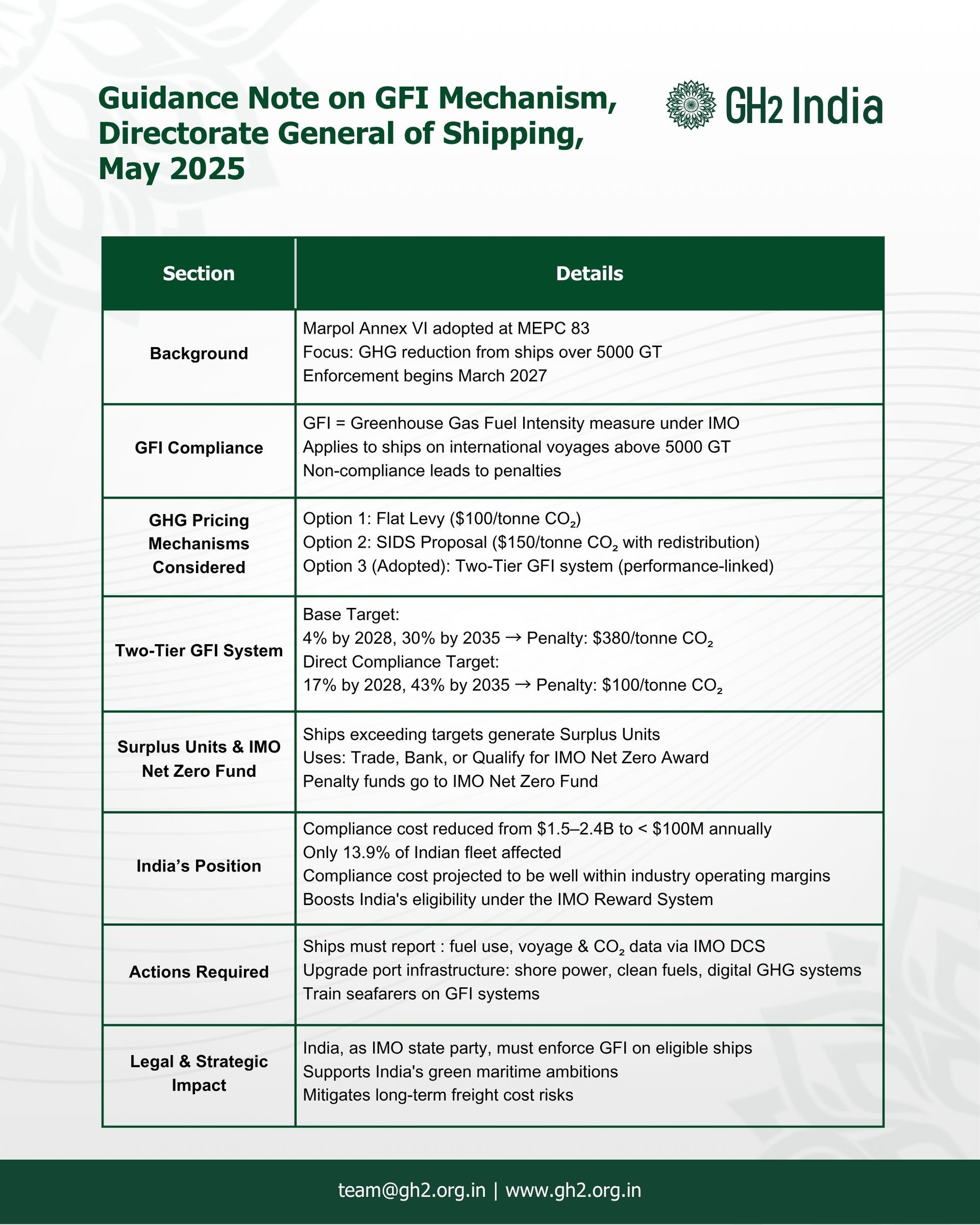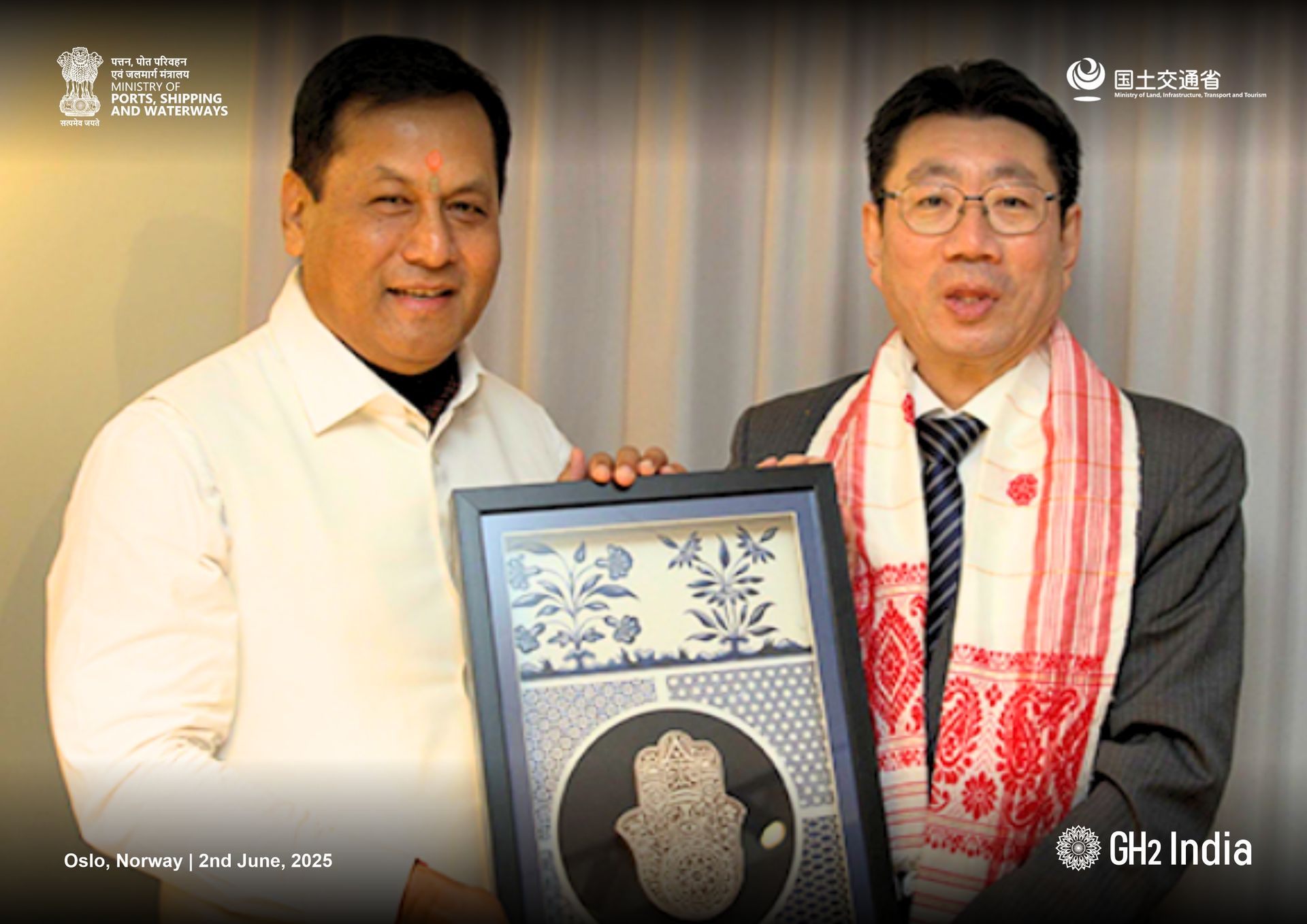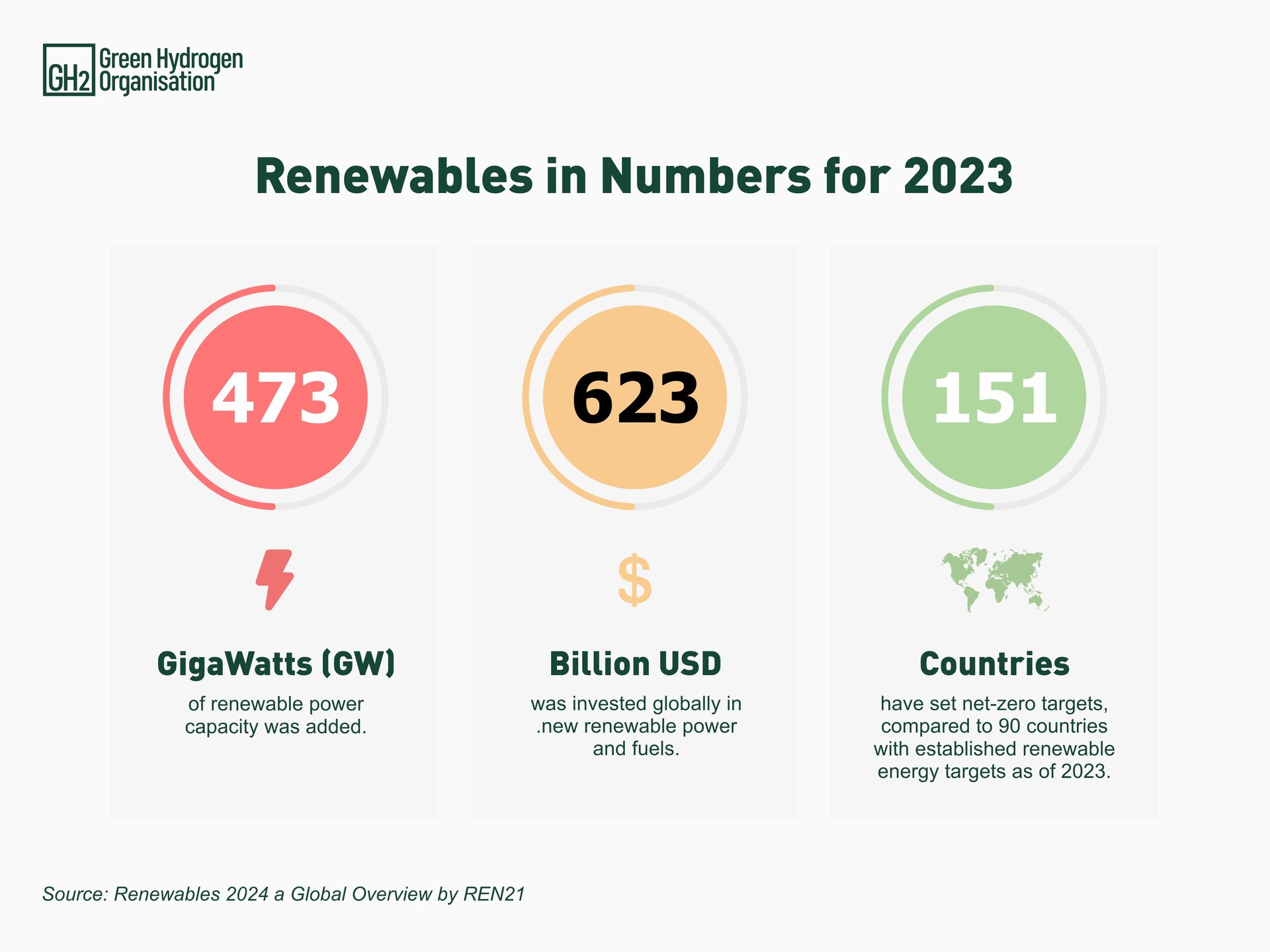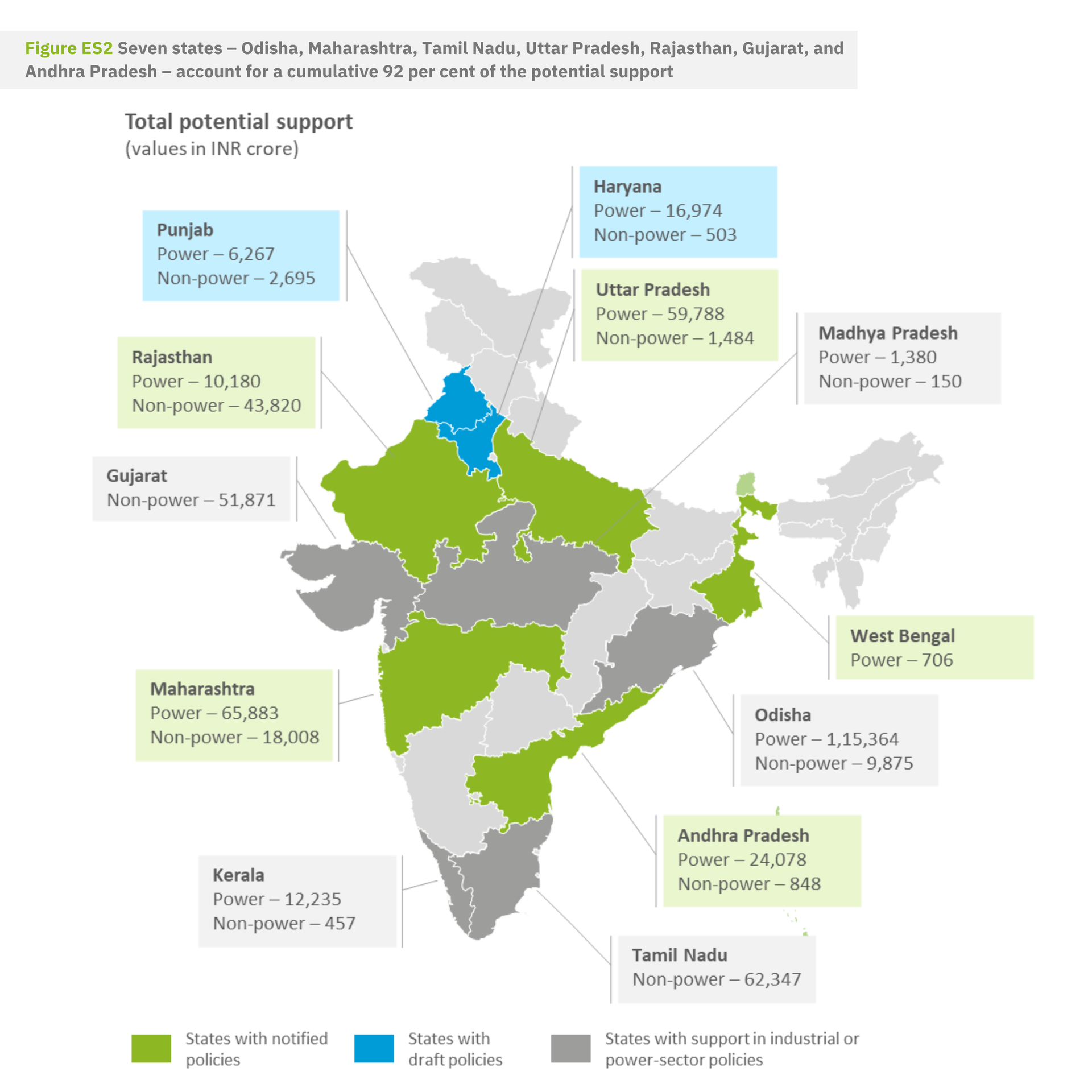Ministry of New and Renewable Energy, with GH2 India and CII, led a high-powered Indian delegation at the World Hydrogen Summit 2025, showcasing India’s rapid transition from hydrogen ambition to execution, and forging critical international partnerships to drive cross-border trade in green hydrogen.
From high-level dialogues to technical deep-dives, India used the summit to build momentum around its export ambitions, policy leadership, and industry readiness.
Key Takeaways from the Indian Delegation’s Engagement:
- India–EU Hydrogen Diplomacy: From Dialogue to Delivery
India and the EU held a series of high-level sessions to align on certification, infrastructure, and financing. A roundtable co-hosted by MNRE and the European Commission surfaced three urgent priorities:
- Certification Alignment: Incompatibilities between India’s GHCI and EU’s RFNBO standards could risk market access. A bilateral certification working group was proposed to harmonize MRV, registry systems, and lifecycle emissions tracking.
- Bridging the Finance–Offtake Gap: Indian developers called for greater support from EU institutions like KfW and EIB to catalyze project bankability. A joint Hydrogen Project Pipeline Platform was proposed to improve visibility for investors.
- Infrastructure Coordination: With export infrastructure advancing in India, collaboration with European ports on formats, bunkering readiness, and customs alignment was seen as essential.
- Strategic Partnerships Announced
- MoU Signed: GH2 India anchor member AM Green signed an MoU with the Port of Rotterdam to develop a green fuel terminal—an important milestone for EU–India hydrogen logistics.
- India–Netherlands Green Hydrogen Dialogue: With the Netherlands as a key EU importer, both governments discussed fast-tracking a Green Hydrogen Corridor, accelerating certification and port-readiness.
- Technology & Market Deep Dives
- Decarbonizing Maritime Transport
Session on green shipping explored India’s role in meeting IMO’s upcoming MEPC 83 regulations. Indian green ammonia exporters and EU port officials highlighted the need for:
- Investment in multi-fuel bunkering
- Regulatory clarity on carbon pricing
- Equitable market design to protect developing economies
- India’s Hydrogen Valleys & Industry Scale-up
India’s Hydrogen Valley projects like Pudimadaka, Pune, Bhubaneshwar, and Jodhpur were showcased as innovation testbeds. These clusters are expected to unlock real-world insights into off-grid hydrogen deployment, with INR 486 crore already committed.
Companies like ACME, ReNew, and AM Green unveiled progress on giga-scale export projects, with ReNew’s 300,000 TPA and AM Green’s 1 MTPA facility already reaching financial closure. However, leaders flagged that secure long-term offtake agreements remain the missing link for unlocking financing.
- Certification: The Final Frontier
At the India–EU Certification and Compliance session, sharp regulatory mismatches were discussed:
- India’s GHCI currently applies emissions limits only up to the production gate, whereas the EU includes transport and end-use.
- EU auditors raised concerns over subsidy stacking and double-counting of carbon benefits.
Panelists urged pre-certification reviews and digital serial tracking of hydrogen molecules to ensure compliance and prevent market exclusion.
With clarity on scale, cost, and capability, India is now export-ready. But translating supply into trade demands fast-tracked action on certification, financing, and port logistics.
As stated by MNRE Secretary Santosh Sarangi:
“Policy alignment is no longer optional. For green hydrogen trade to succeed, infrastructure and standards must now move at the pace of ambition.”
Read the full post event Report Here:
